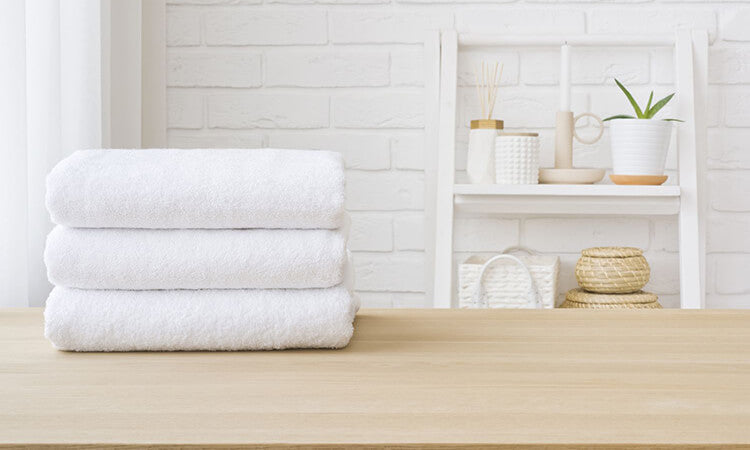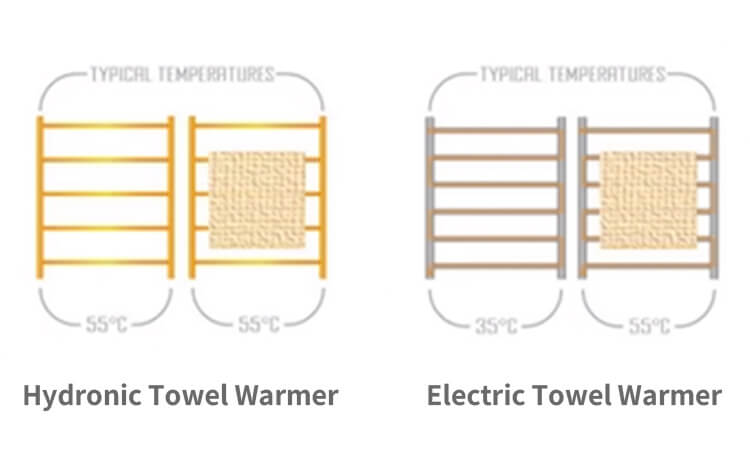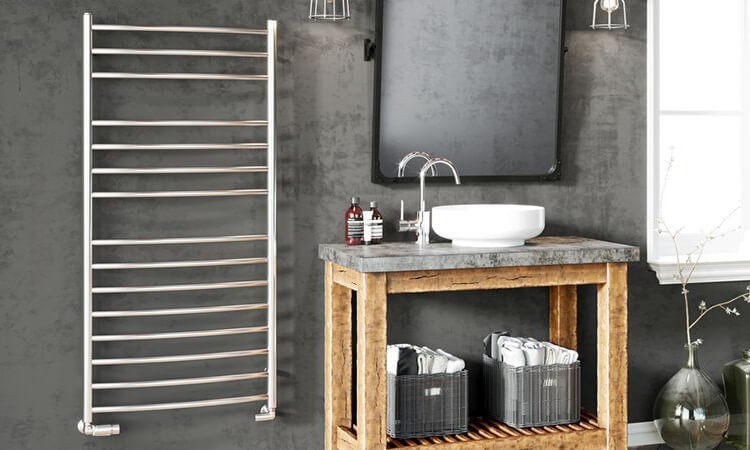Have you ever noticed how some bathrooms instantly put you at ease, while others feel a little cramped or even stressful? It’s not always about square footage, lighting, or décor. Often, the difference comes down to something more subtle—the shapes around you. Smooth, flowing lines naturally create a sense of comfort, while sharp, boxy edges can quietly stir tension. This is the psychology of curves at work. And few features capture it better than the oval tub. Why?
1. Awakening Primal Memory
Our attraction to curves goes back to deep-rooted survival instincts. In early human environments, sharp angles often meant danger—jagged cliffs, animal teeth, and cutting tools all served as warning signs. Over time, these angular forms became wired into our brains as subconscious “danger alerts.”
An oval bathtub mirrors this same instinctive “safety signal.” Its smooth, continuous lines lack harsh corners or abrupt edges, forming a visually complete and enclosing shape. When your eyes follow its gentle contour, your brain quietly associates it with familiar, safe shapes from nature, lowering your mental defenses without you even realizing it. In this way, the tub’s form primes the body for true relaxation—because tension only melts away when we feel secure.
Scientific studies back this up. In experiments where participants gazed at oval versus rectangular objects, researchers tracked heart rate and cortisol levels. Stress indicators dropped by an average of 12% when subjects viewed curved shapes, while rectangular forms produced little to no effect.
2. Visual Buffer
In today’s world, we’re constantly surrounded by straight lines and sharp angles—rectangular walls, boxy furniture, and glowing digital screens. While orderly, these rigid forms continuously feed structured information to the brain, increasing cognitive demands. This “straight-line fatigue” leaves many of us craving relief from harsh geometry in private, restful spaces. Oval bathtubs offer just that—a gentle visual escape.
From a perceptual psychology standpoint, the brain processes curves and straight edges along different neural pathways. Sharp lines are precise, demanding the brain quickly locate boundaries and angles, which consumes mental energy. Curves, on the other hand, are soft and gradual, allowing for effortless perception.
In a bathroom filled with vanities, mirrors, and tiled grids, an oval tub interrupts the visual monotony. Its flowing form softens the space and gives the brain a break from constant boundary-checking.
When you sink into the water, your eyes follow the tub’s arcs, the gentle merging of water and walls, and the play of light across curved surfaces. This low-effort visual environment shifts the nervous system out of a heightened alert state and into parasympathetic calm—the biological foundation of deep relaxation.

3. Body Resonance
True relaxation happens when body and mind are in sync. The oval bathtub achieves this by combining ergonomic design with psychological comfort. After all, the human body itself is built from curves: the S-shape of the spine, rounded shoulders, the rise of the chest, and the natural bend of the legs. These organic forms respond more naturally to curved support than to rigid, angular surfaces.
The oval tub’s contours are carefully designed to cradle the body. Laterally, its gentle curve conforms to the back and waist, providing over 90% surface contact that evenly distributes weight and offers natural lumbar support—eliminating the pressure points often found in rectangular tubs. Vertically, the tapered ends let the legs stretch comfortably, with toes resting lightly against the far curve without strain.
This feeling of being fully “enveloped” physically translates into psychological signals of safety and belonging. When the body fits perfectly within its environment, the brain registers, “I don’t need to adjust—I can simply exist.” This evokes two fundamental feelings behind relaxation: control and security.
4. Emotional Associations
Beyond instinct and ergonomics, curves carry rich cultural and emotional meaning. Across literature, art, and everyday life, curves have long been linked with softness, comfort, and warmth—the “flow of tender water” in poetry, curves as a symbol of vitality in art, or the simple reassurance of a gentle embrace. These associations have created a visual shorthand for emotional healing.
The oval bathtub embodies this symbolism. Its continuous arcs form a personal sanctuary, like a quiet hug that shields you from the outside world. Unlike rectangles, which impose order and direction, the oval shape conveys openness and freedom.
As you soak, ripples move with your breathing, while light and shadow play across the smooth surfaces, crafting an intimate and soothing atmosphere. Many people report entering meditative or dreamlike states in an oval tub, precisely because its curves resonate with deep emotional needs for calm and tranquility.
Ending
The relaxation an oval bathtub provides is, at its heart, a practical expression of the psychology of curves in everyday life. It awakens primal memories of safety, eases cognitive load through visual softness, aligns ergonomics with the body’s natural contours, and carries an emotional narrative of gentleness.
In a world dominated by straight lines and constant stress, the oval bathtub acts as a quiet emotional antidote. Its unassuming design comforts the weary mind and offers a pocket of tranquility in the most private of spaces.
Perhaps our attraction to oval tubs goes beyond aesthetics—it’s a deeper desire to reconnect with nature and ourselves. When curves meet warm water, and body and mind fall into harmony, relaxation becomes more than a luxury—it becomes a simple, tangible joy, right there in your own bathroom.







